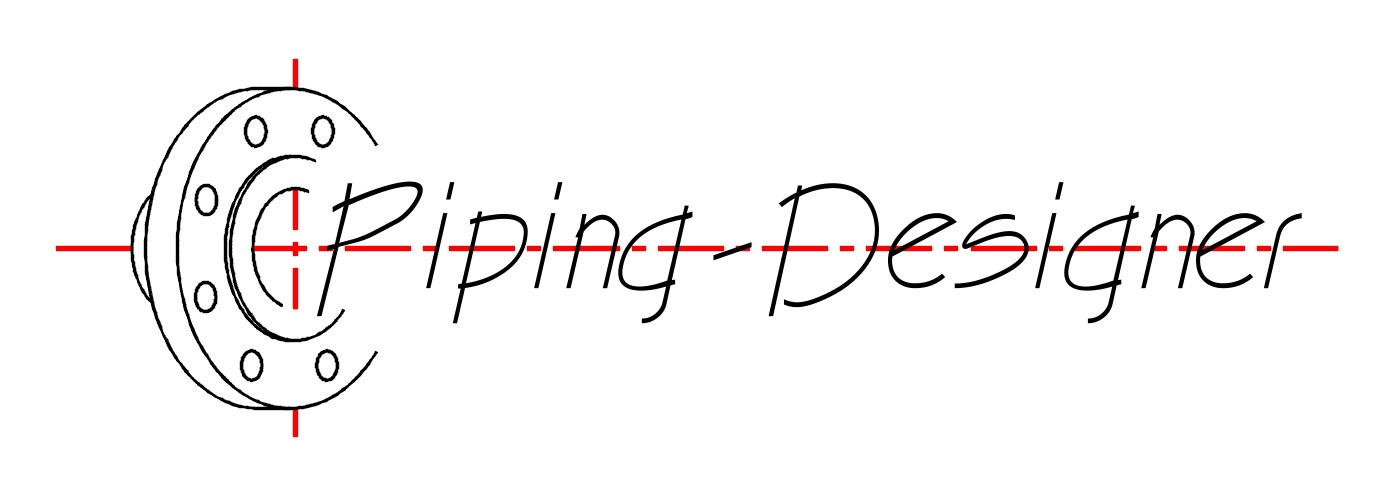Cable Anchor Force
Cable Anchor Force (Single Cable at Angle) Formula
|
||
|
\( T \;=\; \dfrac{ W }{ sin(\theta) } \) (Tension Cable) \( W \;=\; T \cdot sin(\theta) \) |
||
| Symbol | English | Metric |
| \( T \) = Tension | \(lbf\) | \(N\) |
| \( W \) = Cable Weight | \(lb\) | \(kg\) |
| \( \theta \) = Angle of the Cable Measured from the Horizontal | \(ft\) | \(m\) |
Cable anchor force, abbreviated as \(CAF\), is the mechanical load exerted on an anchoring point due to the tension in a cable. This force is important because it ensures that the cable remains in place and structurally secure, especially in overhead installations, such as aerial fiber-optic cables, coaxial cables, or telephone lines.
Cable Anchor Force (Two Sided Cable Equal Angle) Formula
|
||
|
\( T \;=\; \dfrac{ W }{ 2 \cdot sin(\theta) } \) (Tension Cable) \( W \;=\; 2 \cdot T \cdot sin(\theta) \) |
||
| Symbol | English | Metric |
| \( T \) = Tension | \(lbf\) | \(N\) |
| \( W \) = Cable Weight | \(lb\) | \(kg\) |
| \( \theta \) = Angle of the Cable Measured from the Horizontal | \(ft\) | \(m\) |

Cable Anchor Force (Two Cables Unequal Angle) Formula
|
||
|
\( T_1 \;=\; \dfrac{ W \cdot sin(\theta_2) }{ sin ( \theta_1 + \theta_2 ) } \) (Tension Cable 1) \( T_2 \;=\; \dfrac{ W \cdot sin(\theta_1) }{ sin ( \theta_1 + \theta_2 ) } \) (Tension Cable 2) |
||
| Symbol | English | Metric |
| \( T \) = Tension | \(lbf\) | \(N\) |
| \( W \) = Cable Weight | \(lb\) | \(kg\) |
| \( \theta \) = Angle of the Cable Measured from the Horizontal | \(ft\) | \(m\) |
Cable Anchor Force (Parabolic Sag) Formula
|
||
|
\( H \;=\; \dfrac{ w \cdot L^2 }{ 8 \cdot d } \) (Horizontal Component of Tension) \( T \;=\; \sqrt{ H^2 + V_a^2 } \) (Tension Maximum Tension at the Anchor (Support)) |
||
| Symbol | English | Metric |
| \( H \) = Horizontal Component of Tension (Constant Along Cable) | \(lbf\) | \(N\) |
| \( w \) = Width | \(ft\) | \(m\) |
| \( L \) = Cable Span | \(ft\) | \(m\) |
| \( d \) = Total Sag | \(ft\) | \(m\) |
| \( T \) = Maximum Tension at the Anchor | \(lbf\) | \(N\) |
| \( V_a \) = Vertical Reaction at each Support = \(wL / 2\) | \(lbf\) | \(N\) |
